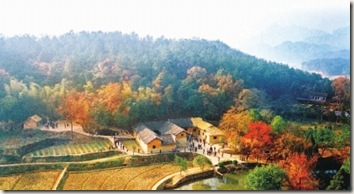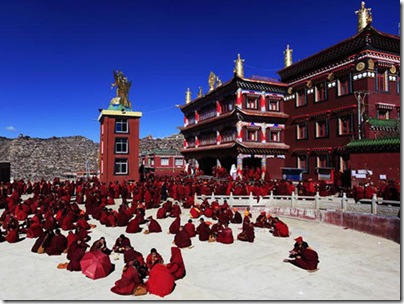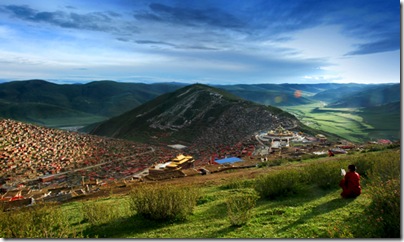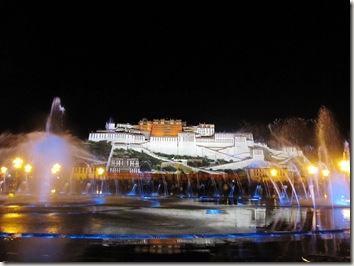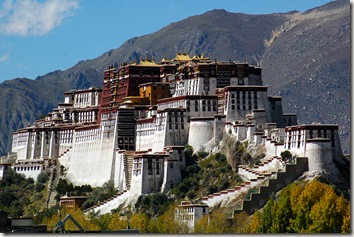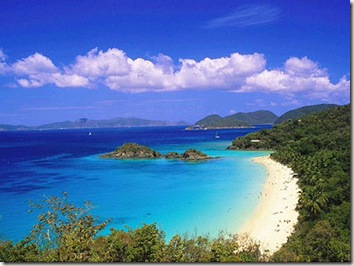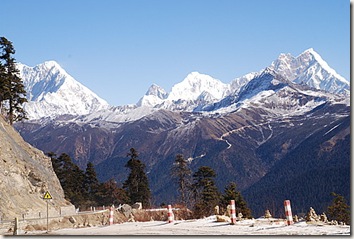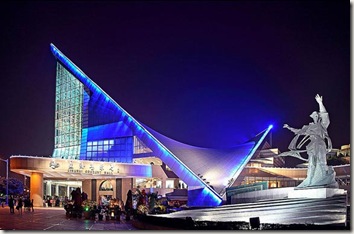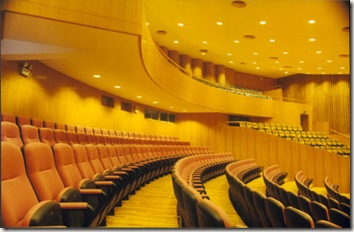Located 9 km away from the city west of West Lake, Lingyin Temple is one of the largest and most significant Chan (Zen) temples in China. Founded in 326 by an Indian monk named Huili, the temple originally had 72 halls and 18 pavilions, once housing 3000 monks. Unfortunately, the only buildings left today are the Celestial King’s Hall and the 33.6-meter-high Great Buddha Hall. Lingyin Temple is visited today by pilgrims from all over the world and local worshippers. Worship the Buddha and make a wish there. It is believed that Lingyin Temple is one of the top temples for making your wish come true.
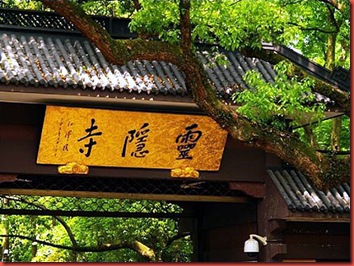
In front of the Lingyin Temple is the Hall of the Heavenly King; at the center of the hall sit statue of the Buddha of Maitreya with a smiling face and a bare belly. The 33.6 meters Hall of the Great Hero is a single-storied structure with three overlapping double layered eaves. After being completely repaired in 1954, the hall was changed to the present structure, made entirely of steel and concrete, and the great hall made spacious, imposing and grand. At the centre of the Hall of the Great Hero is a 19.6 meter’s high figure of magnificent Sakyamuni, founder of Buddhism. These palace, pavilion, stone pagoda, and figures of the Buddha in Ling Yin Temple have great significance in researching the history of Buddhism, the Chinese art of building, precious Chinese cultural relics.
Lingyin Temple is one of Hangzhou’s most popular attractions. It was the site of a temple during the Eastern Jin dynasty (317-420), and after its development during the Five Dynasties (907-960) it became a thriving monastery. Destroyed and rebuilt no fewer than 16 times since, the present structures are renovated Qing dynasty buildings.
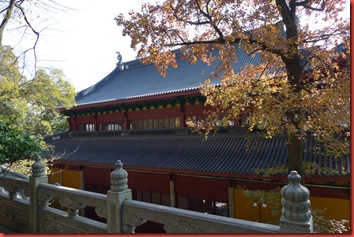
The two largest buildings are the Hall of the Heavenly Kings and the Hall of the Great Hero, the latter being one of the tallest single-story buildings in China and featuring a huge wooden statue of the Sakyamuni Buddha covered in gold leaf, behind which is a statue of the Guanyin, or Goddess of Mercy. The complex contains an important collection of Buddhist sutras.


